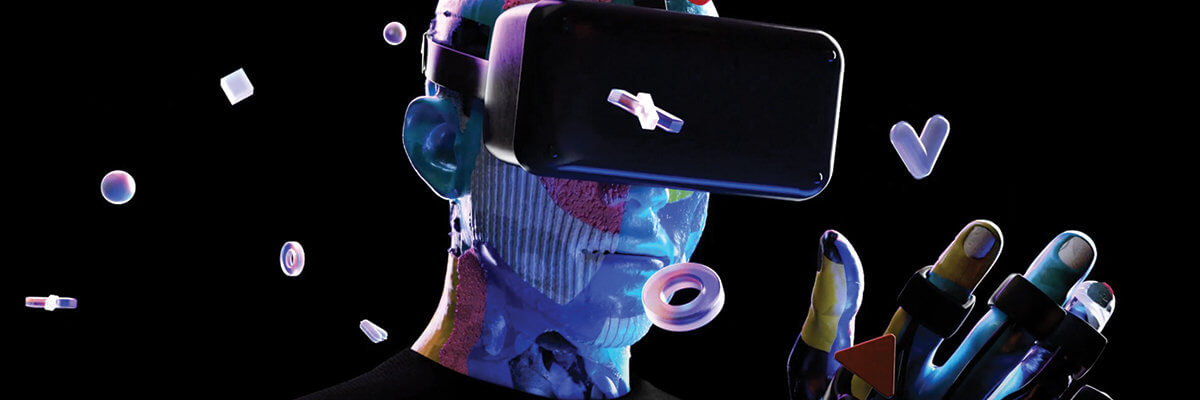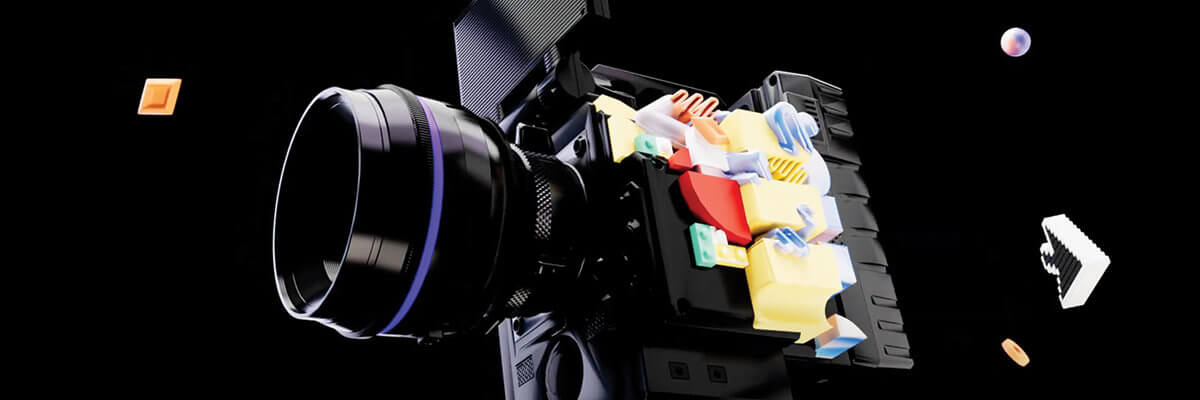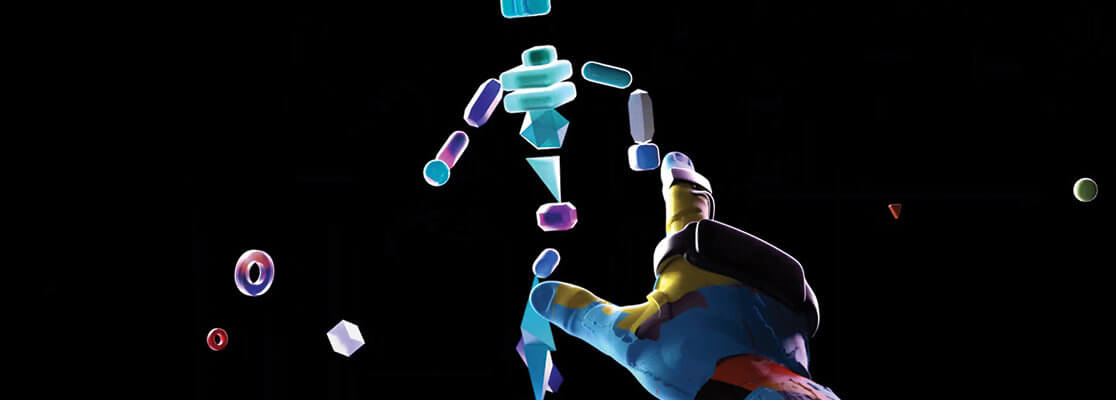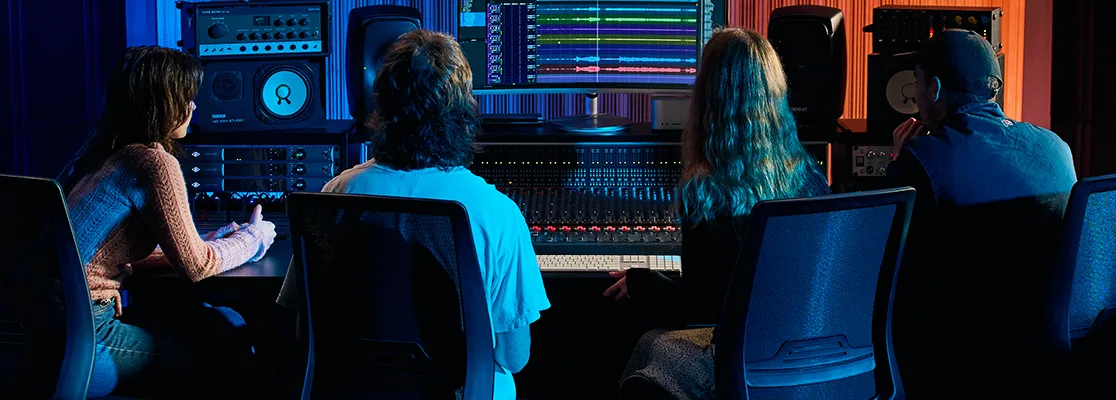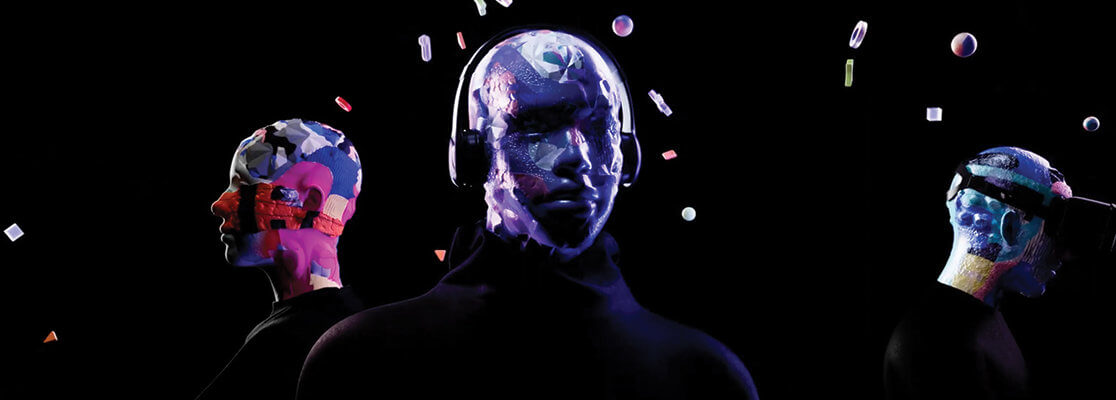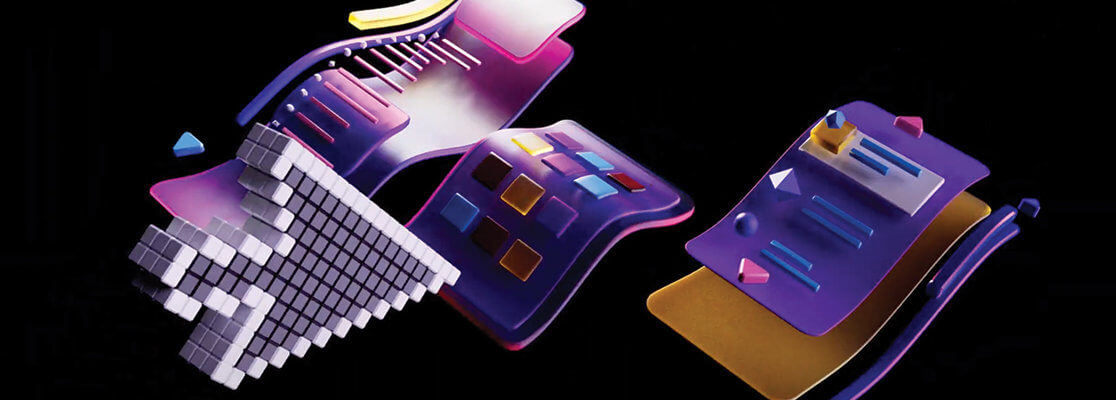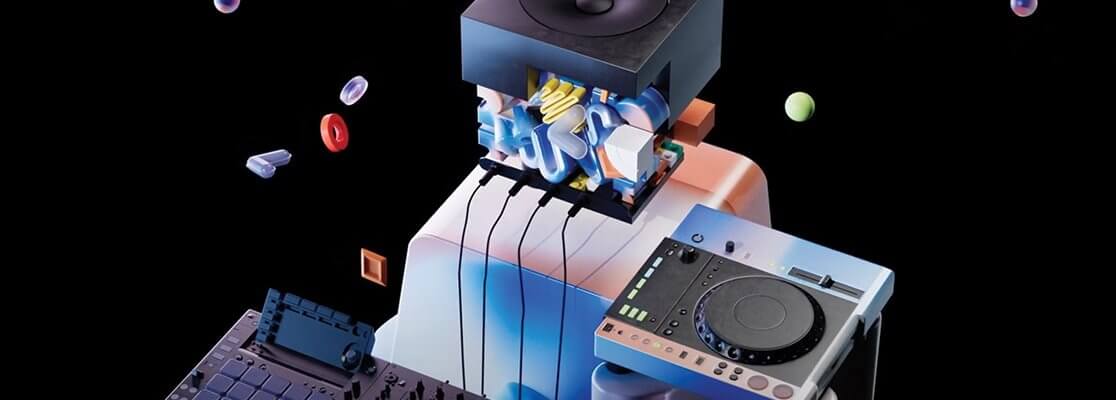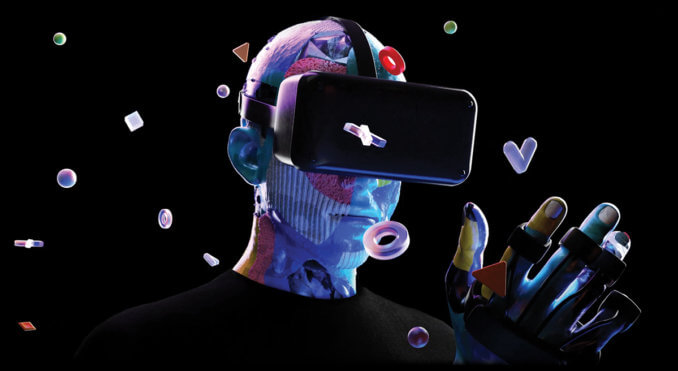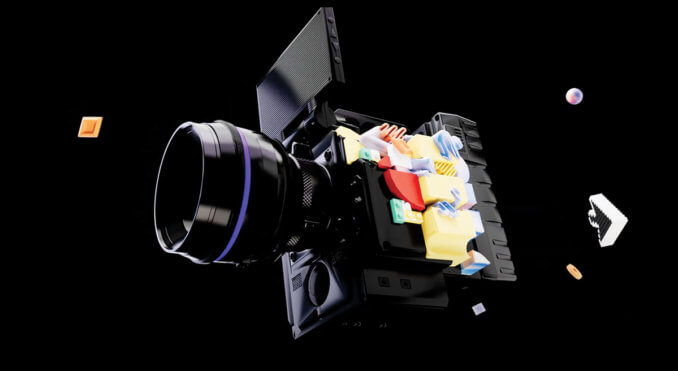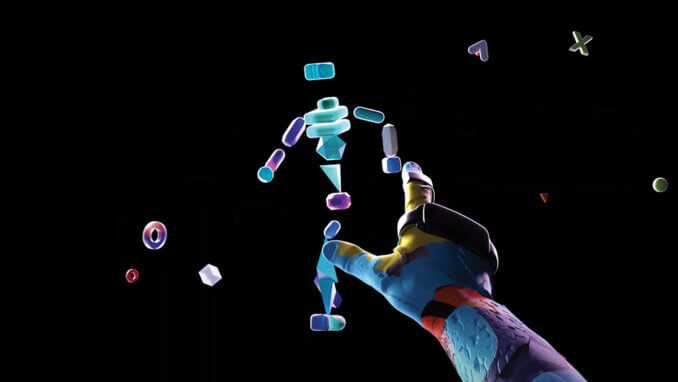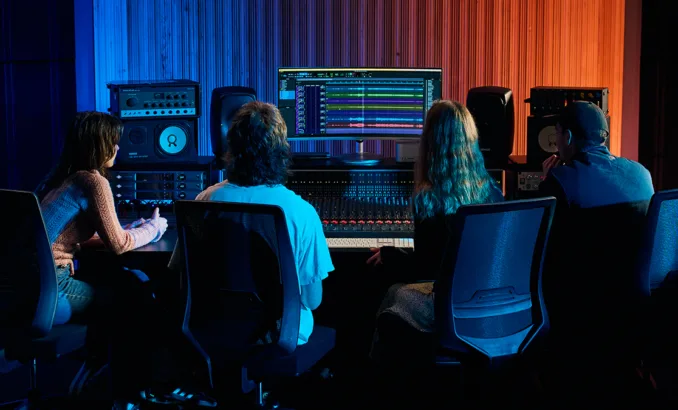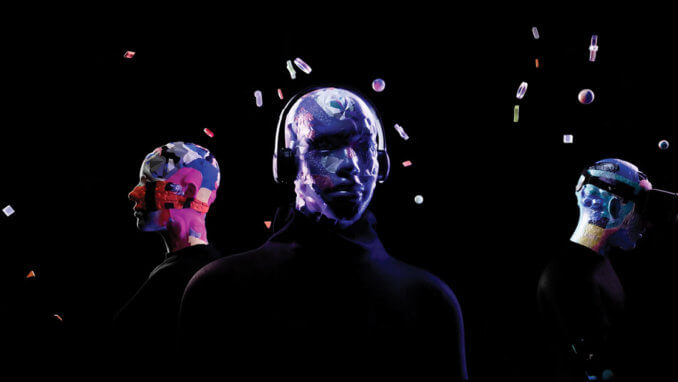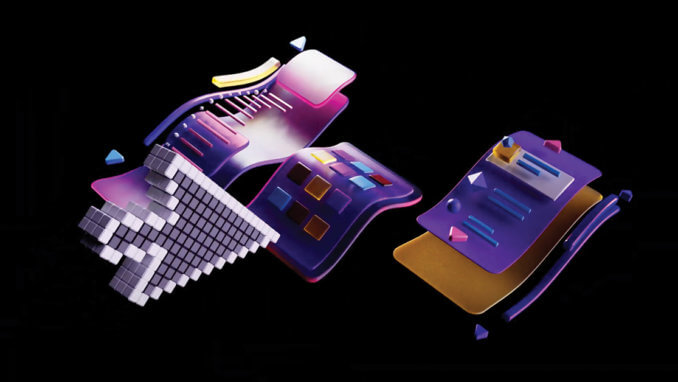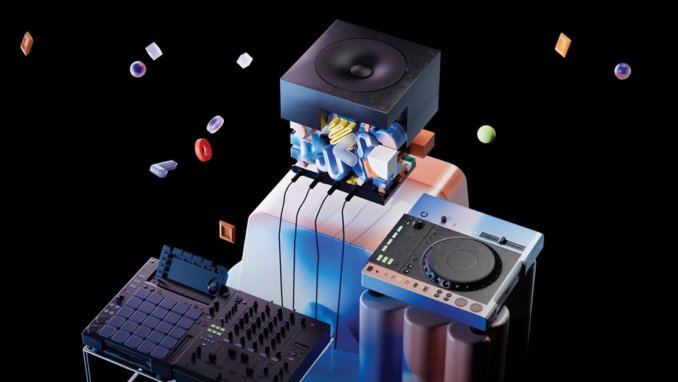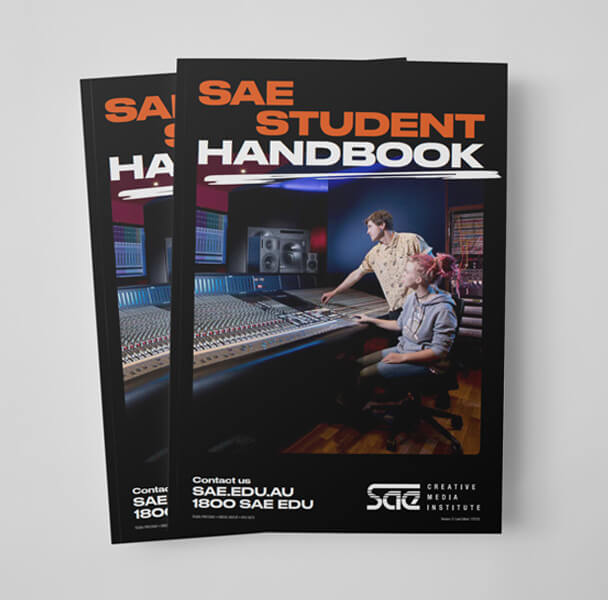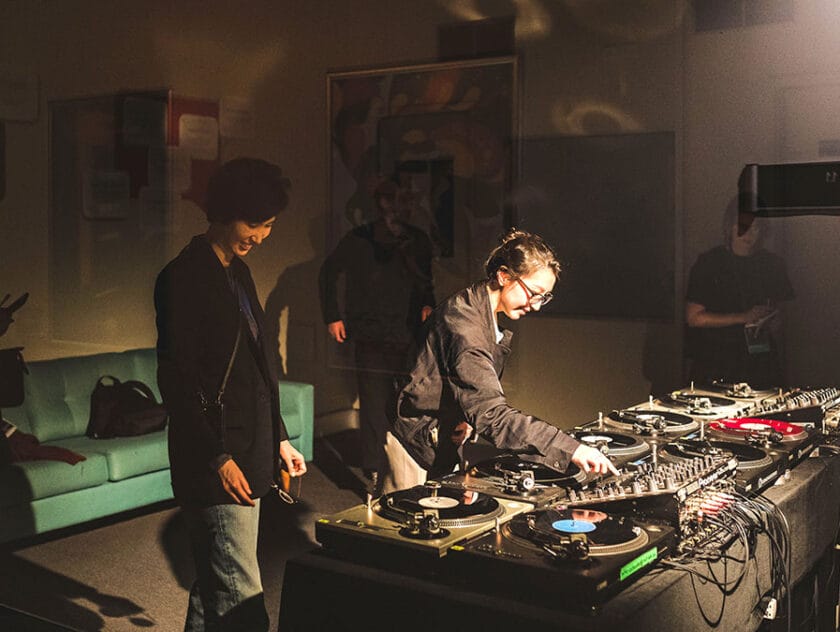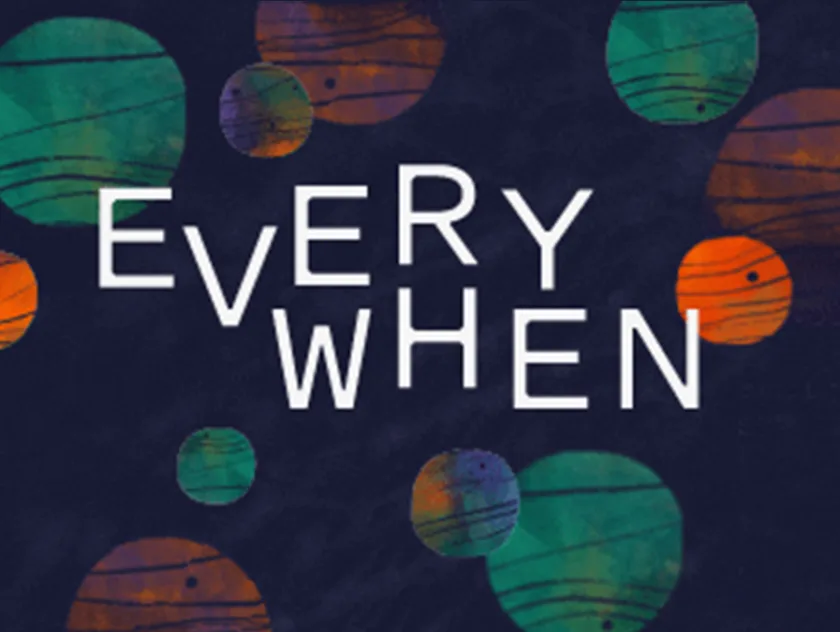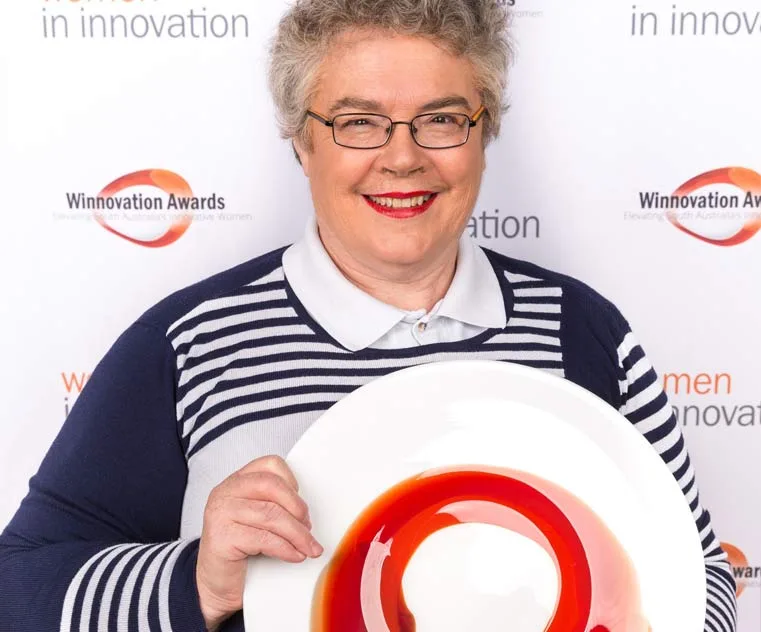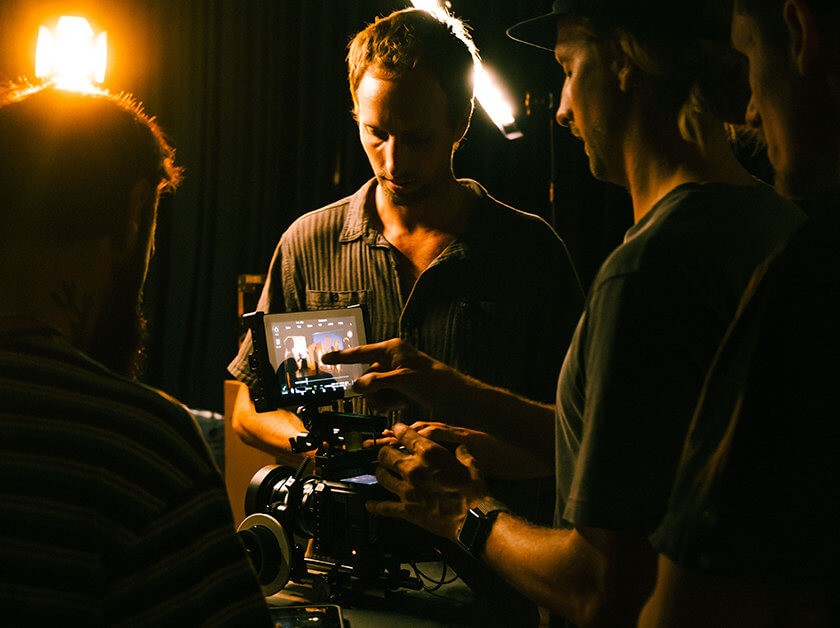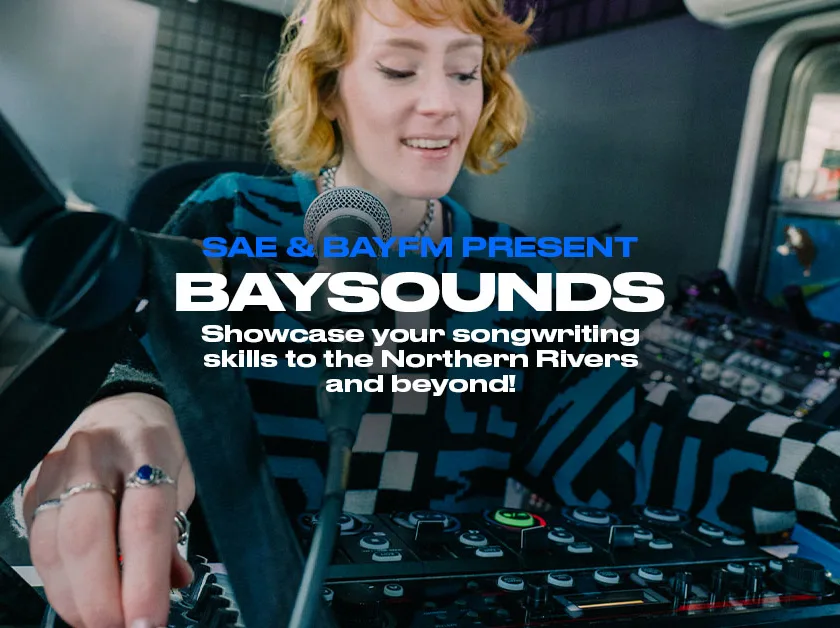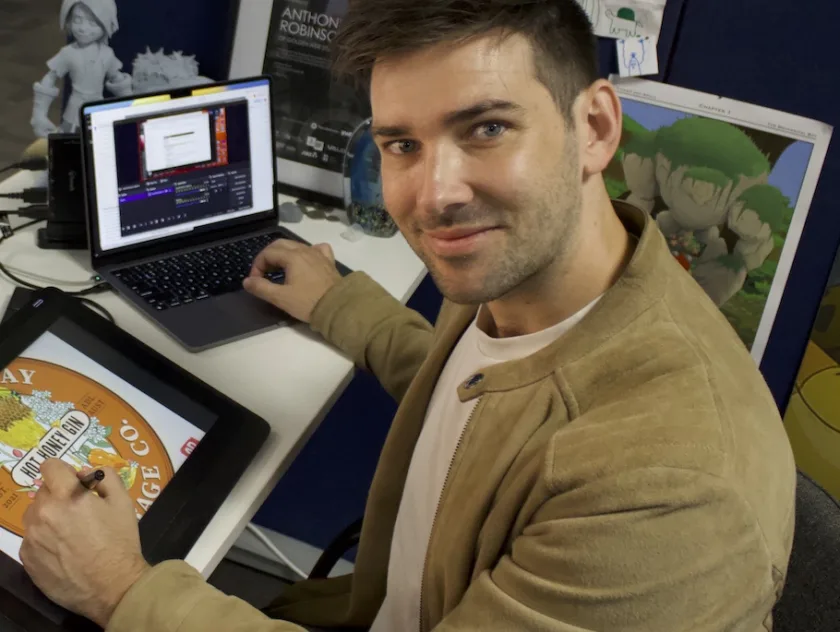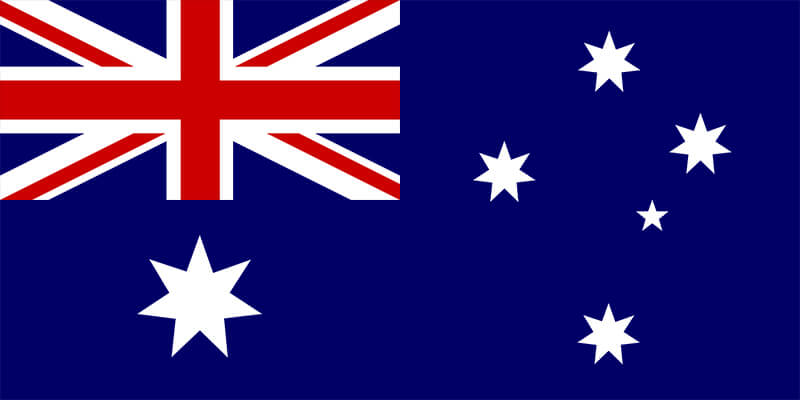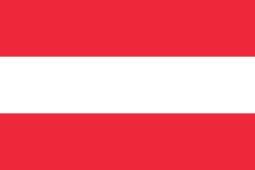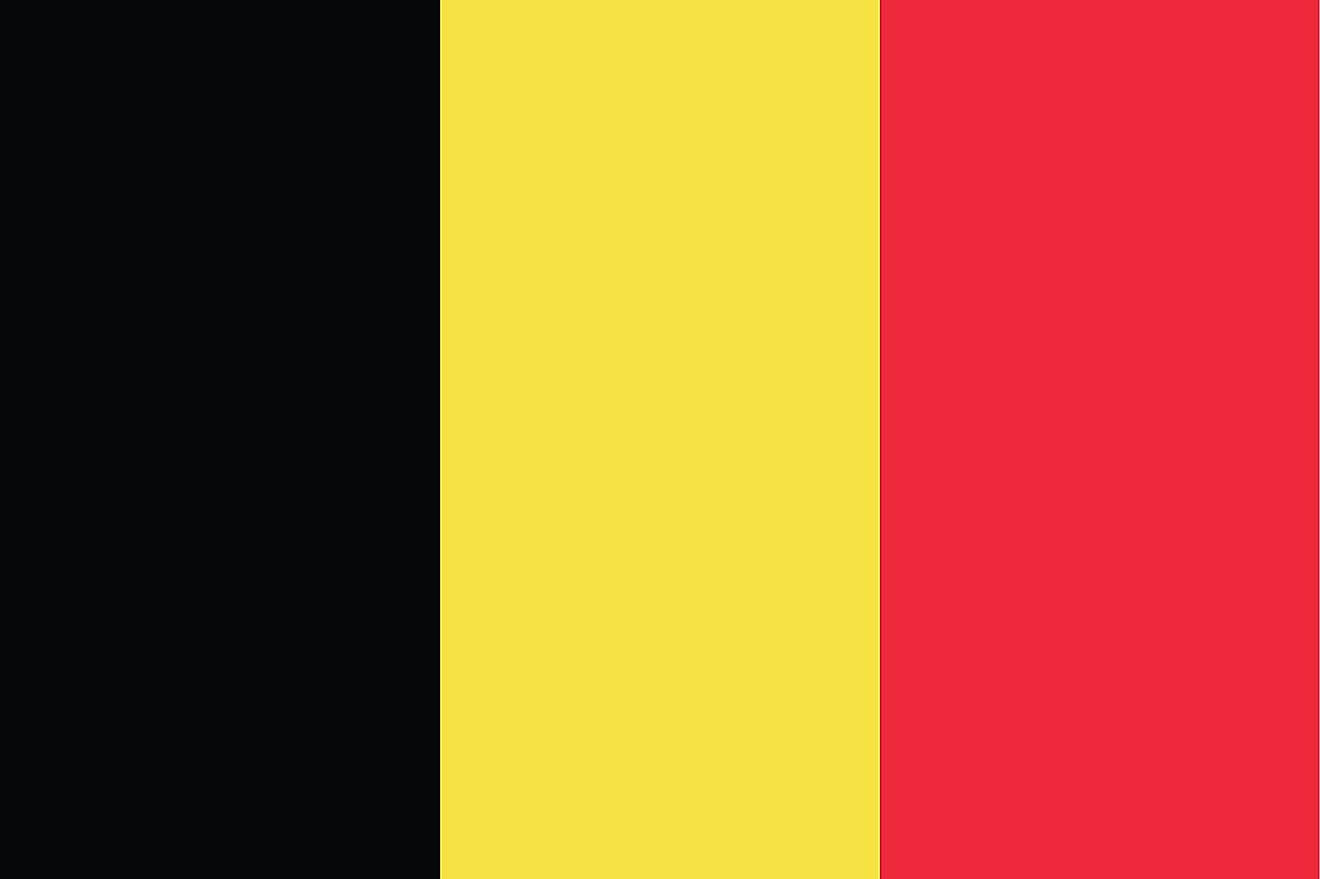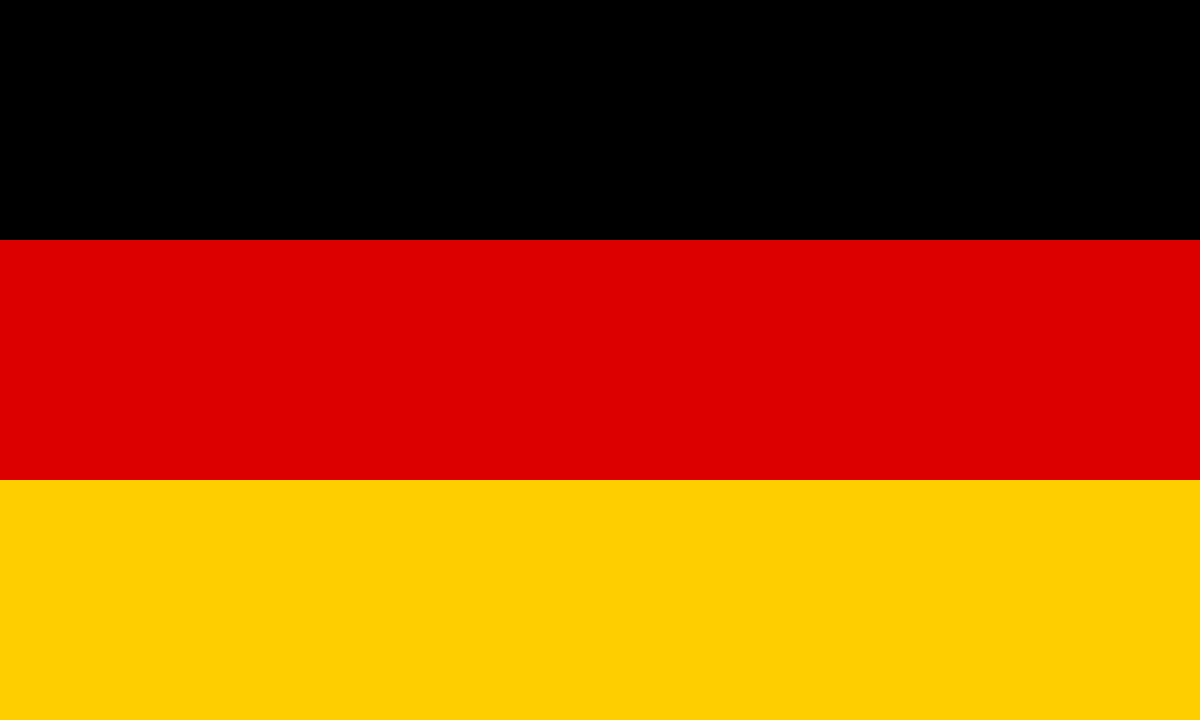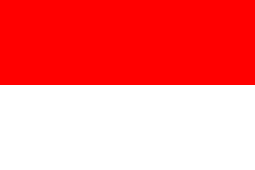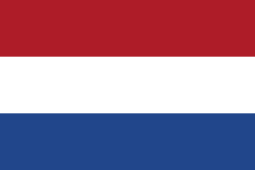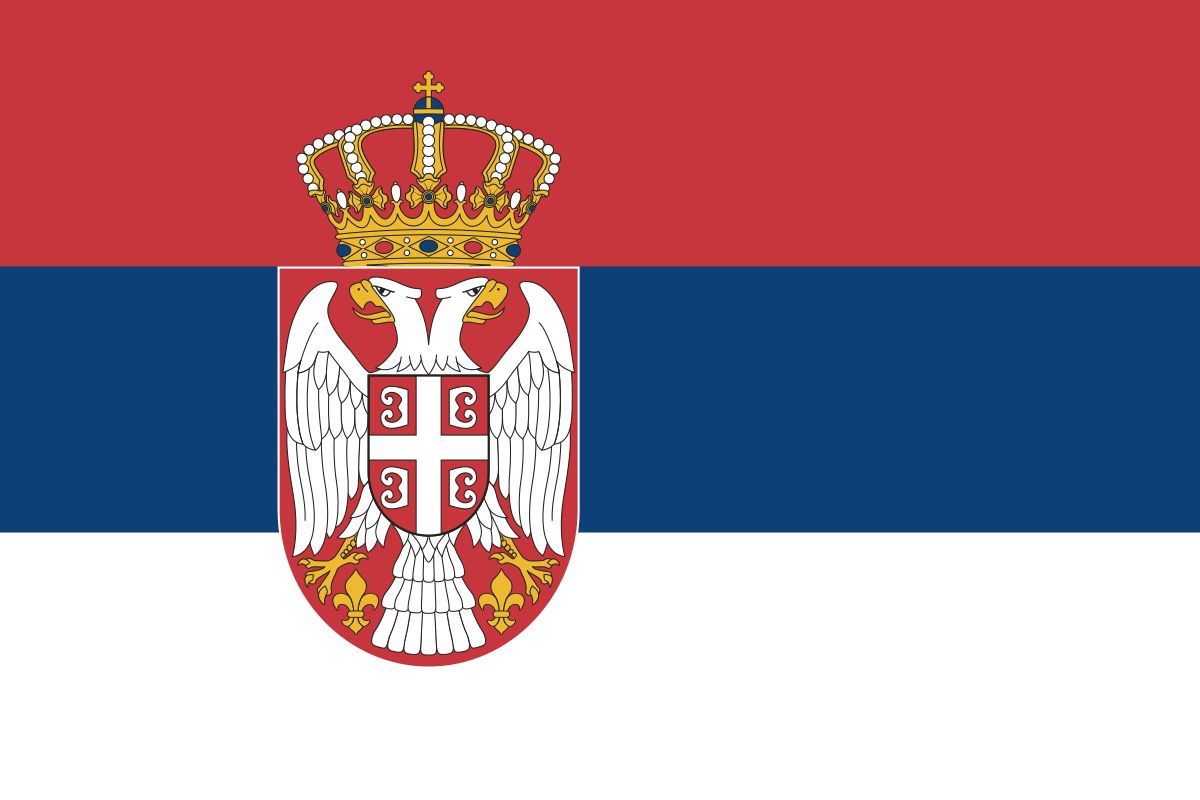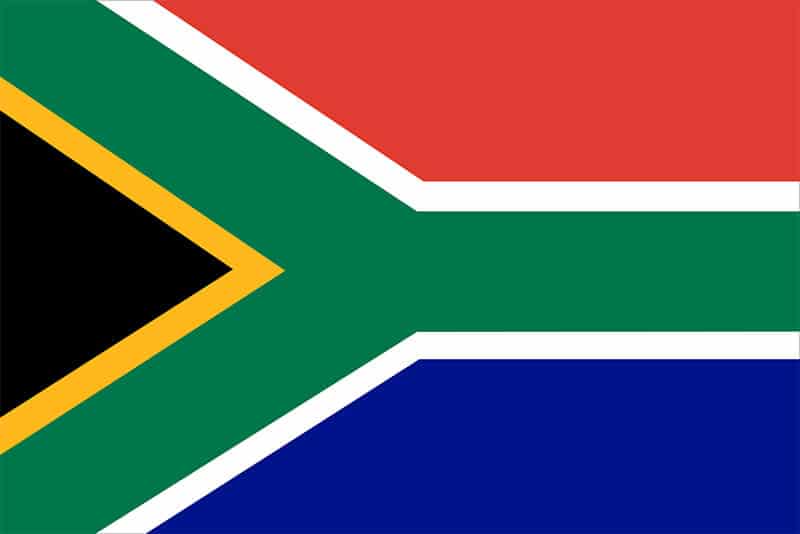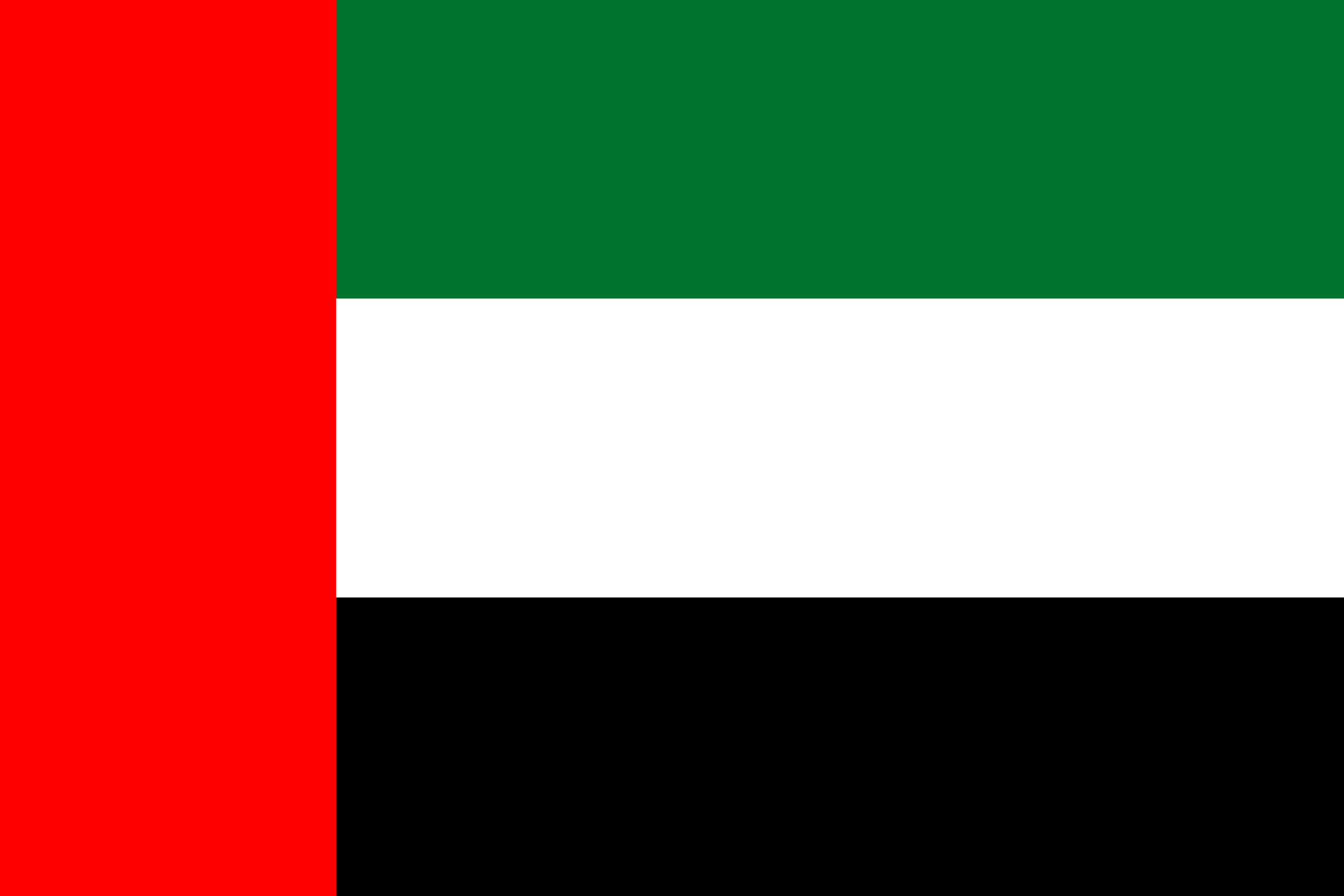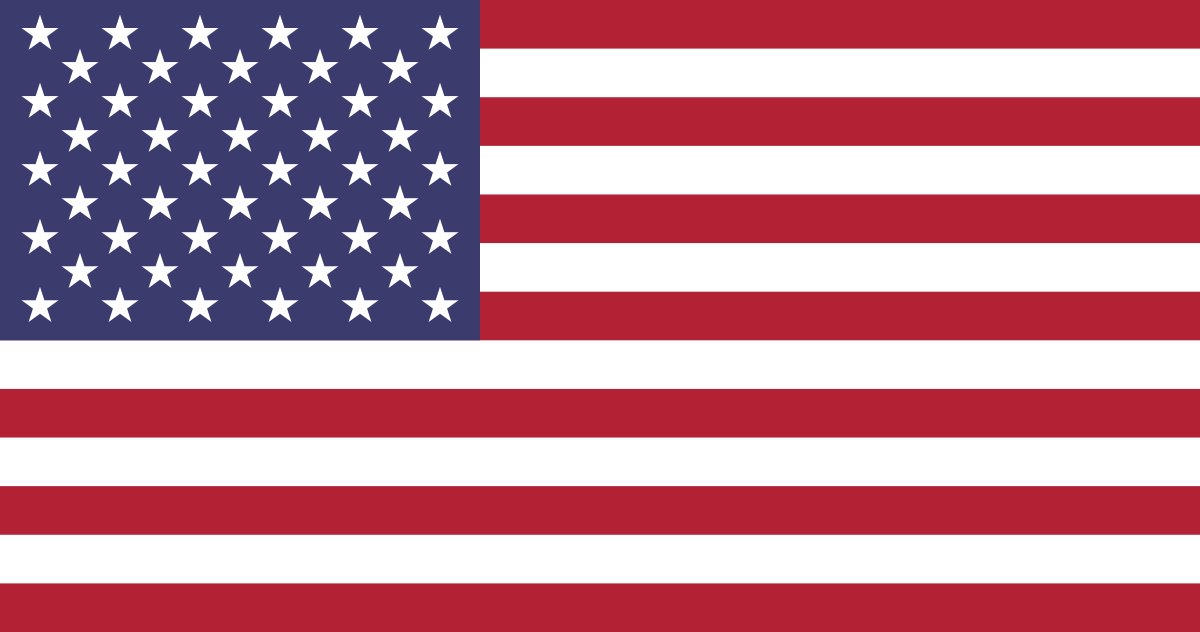Reflective Practice
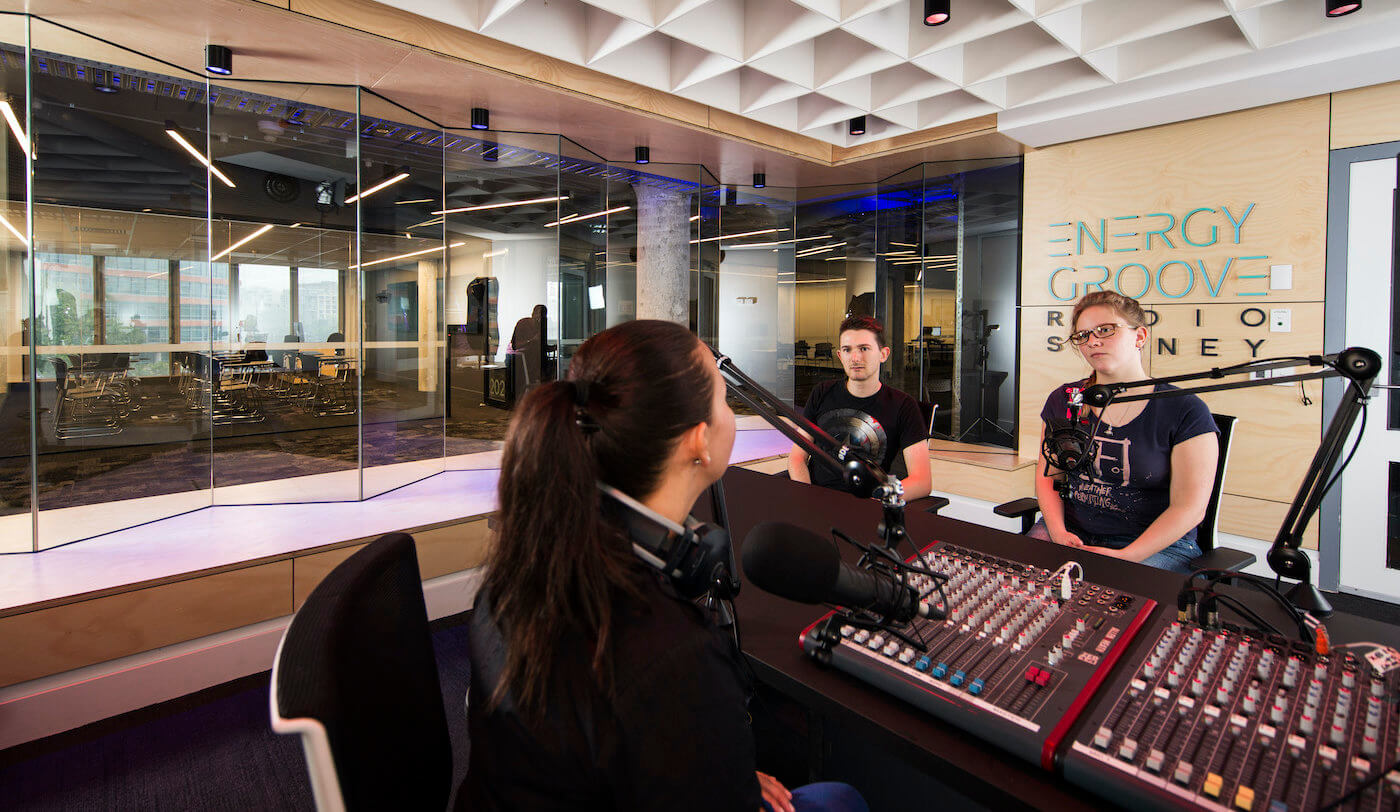
At SAE, we have designed our curriculum to develop and assess your capabilities in three, interlinked domains:
- Proficiency – the intellectual, creative, and technical tools of your trade and the tangible output of their use.
- Process – the ways in which you go about using and reflecting on these tools to create things of high quality that meet the needs of your target audience.
- Person – the transferable skills that make you better at working with other people in creative media.
We refer to this as the 3Ps. Proficiency, process, and person each have their own set of skills, knowledge, and behaviours that you will develop and practice and which form an integral part of our holistic assessment framework.
For each project, you will be asked to reflect upon each of the 3Ps in relation to the work undertaken in class. Reflective practice helps to bring unconscious aspects of experience into conscious awareness. By bringing these aspects of experience to the conscious mind, we can begin to make choices about what attitudes, practices and values we should adopt.
Professional creative media practitioners do this frequently through a range of methods including keeping journals, creating blogs and discussing their practice with others.
There are simple questions that you can use to become a reflective practitioner:·
- What feedback was I given this week?
- What did I learn from this week’s class?
- What do I need to brush up on?
- What additional learning do I need?
- What are my next tasks?
You’ll use these questions every week to reflect on each of the 3Ps in your after class activities.
Students are expected to routinely share their documented reflections in class and receive feedback from their peers and Lecturers.
Of course, the final, and most vital parts of reflective practice include making adjustments to improve your practice and the maintenance of the reflection process as an ongoing activity.
Download now
STUDENT HANDBOOK
As you commence your creative learning journey with SAE, you’ll notice we do things a little differently.
For a start, you’ll be learning by doing, you will be working with fellow students (peers) and faculty, and engaging in a range of activities and projects designed to develop your skills and knowledge and support your success.
To find out more details, check out the student handbook.

